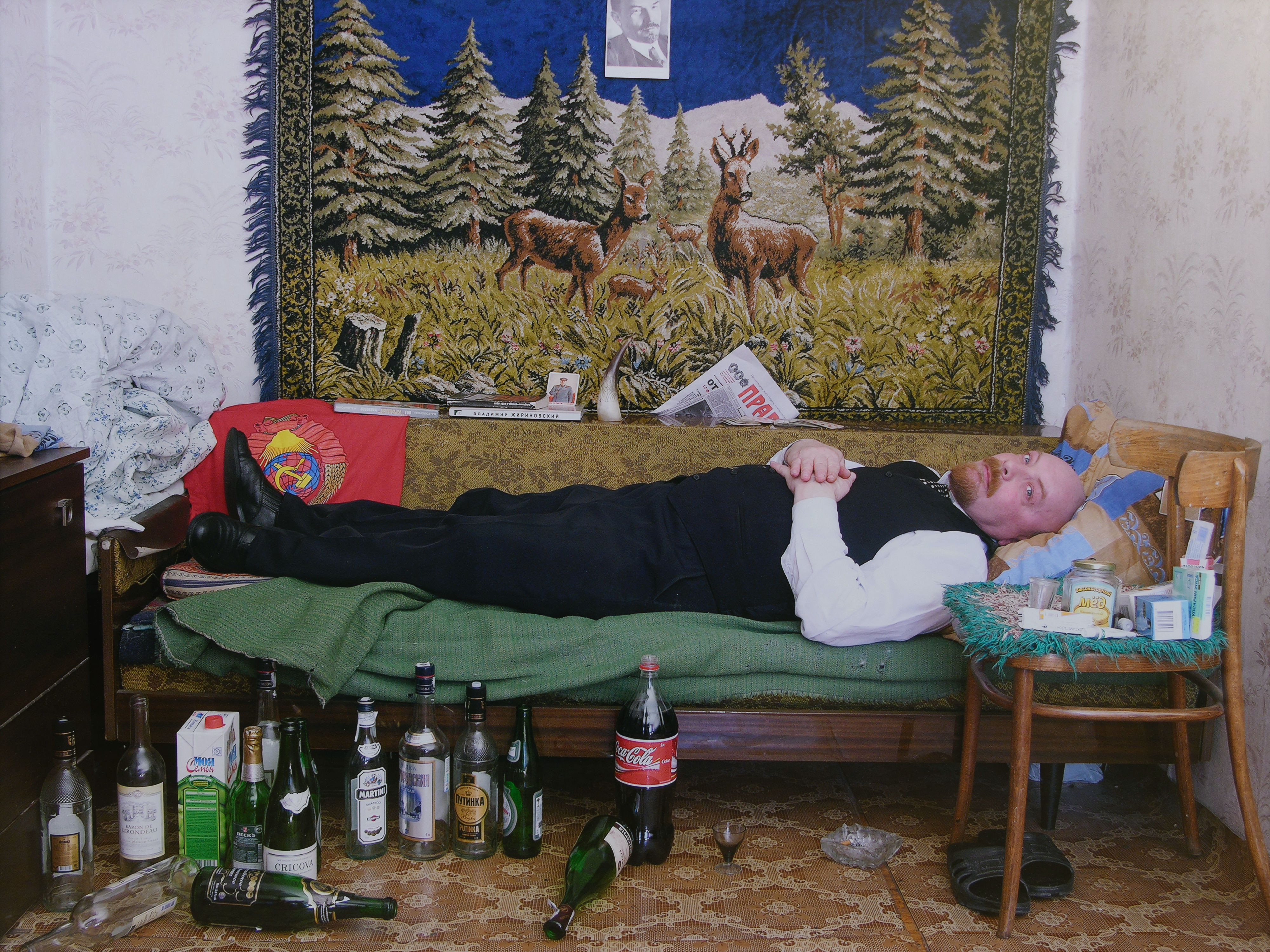Soviet in Russian Culture: Obsession with the Past or Denial of the Future?

In recent years, the defining themes of Russian cultural life have become increasingly clear: sports, space exploration, a love of literature, and a renewed interest in the avant-garde. Yet contemporary Russian culture unmistakably exists in the shadow of the Soviet Union, often camouflaged under a glossy veneer. What was once personal nostalgia for the Soviet past has transformed into the systematic exploitation of its symbols and imagery. These elements are not revived for reflection or catharsis but to fill the void left by the absence of meaningful discussions about the future. Instead of fostering introspection or preserving memory, this cultural practice recycles the scripts and aesthetics of a bygone era as a substitute for forward-thinking vision.
This phenomenon is not merely aesthetic but deeply rooted in social logic. Originally tied to a collective consciousness, Soviet symbols have lost their ideological grounding and now function as ritualistic placeholders. They uphold familiar socio-cultural constructs rather than providing fresh perspectives or meanings. The term sovok — once a critique of Soviet-era conformity and passivity — has been reimagined as both a relic of the past and a model for contemporary societal dynamics. This framework perpetuates a collective inertia, stifling individuality and subjectivity in favor of preserving the status quo.
If sovok embodies a social model, then sovrisk (a contraction of современное искусство [contemporary art]) mirrors it culturally. Sovrisk thrives on the passive reproduction of Soviet-era symbols, creating the illusion of creativity and reflection while tethering artistic expression firmly to the past. Through this lens, contemporary Russian culture reveals itself as a utilitarian mechanism for managing collective memory—where the past becomes a convenient template, and the future is reduced to an empty screen onto which nostalgic images are endlessly projected.
Nostalgia as Commodity
Take, for example, Peredelkino. Once a hub of intellectual significance, it has been transformed into a picturesque destination where one can sip a latte tinged with “Akhmatova vibes.” The Gulag Museum — once a solemn reminder of historical reflection — has made way for sanitized depictions of “Soviet space” and mythologies of Stalinist stability. Similarly, the Metropol Hotel now hosts fashion shows styled as Soviet counters, laden with goods in a paradoxical mix of abundance and austerity.
This aesthetic repackaging is not an act of remembrance but one of commodification. Anna Akhmatova, whose poetry emerged from a world of fear and despair, is now reduced to a bohemian brand, her legacy repurposed into a romanticized image for café decor. This commodification erases her tragedy and silences the voice of resistance and pain that defined her work, replacing it with a polished but hollow aesthetic that lacks any true connection to her reality.
Symbols Without Substance
This process extends beyond individuals to Soviet-era symbols themselves. Icons like Yuri Gagarin and Kazimir Malevich’s Black Square have been stripped of their historical depth and rebranded as marketable objects. Once a radical statement breaking with tradition, the Black Square has been reduced to a tool for visual entertainment, as demonstrated in exhibitions such as Square and Space: From Malevich to Exicibition Hall. Here, the avant-garde’s bold challenges to convention were replaced with shallow reinterpretations that prioritized aesthetic appeal over provocation and critical thought.
This trend illustrates how symbols have been emptied of their historical complexity, becoming what Jean Baudrillard might call “empty signs.” In today’s hyper-reality, the Soviet Union no longer exists as a historical period but as an assemblage of comforting fantasies. Its aesthetic, fashionable and nostalgic, serves as a soothing balm in times of uncertainty. This phenomenon, which Adorno termed “regressive nostalgia,” anchors society to the past while obstructing its ability to envision or embrace the future.
Cultural Stagnation and the Loss of Imagination
This obsession with the Soviet past signals more than cultural stagnation; it reflects the loss of the ability to dream and innovate. Without new cultural narratives, society becomes trapped in a loop where the past dominates the present and stifles future possibilities. Breaking free from this cycle would require a critical engagement with the present, yet reflection itself is inherently retrospective. Throughout history, Russian culture has rarely looked forward with optimism.
To rediscover a path toward progress, Russia needs art that is both ironic and analytical—art that dissects the present with the same incisiveness that social and conceptual artists like Ilya Kabakov, Erik Bulatov, and Komar and Melamid brought to Soviet symbolism. Their work dismantled the Soviet aesthetic from within, creating a space for a new modernism to flourish in the 1990s. Today, this approach is more necessary than ever, as the Soviet past looms large as a source of inspiration while simultaneously stifling the emergence of new cultural vectors.
In reinterpreting and repackaging the Soviet, we risk forgetting to comprehend it. If contemporary Russian culture fails to move beyond nostalgia, it will remain trapped in the shadow of its own history, unable to envision a meaningful future.
